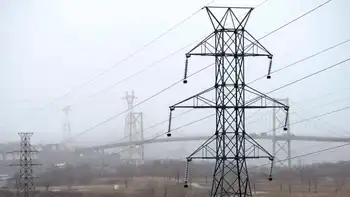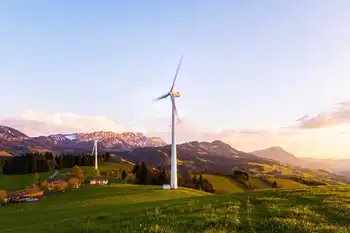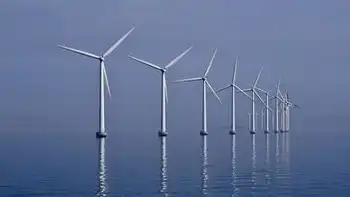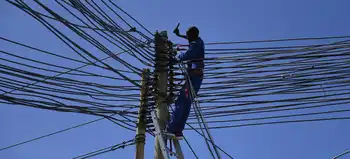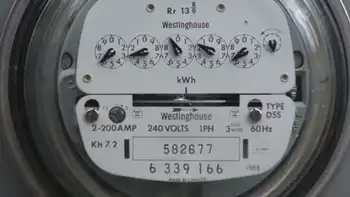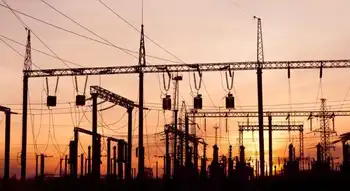Central Hudson boasts innovative superconducting technology
By Central Hudson Gas & Electric Corporation
NFPA 70e Training - Arc Flash
Our customized live online or in‑person group training can be delivered to your staff at your location.

- Live Online
- 6 hours Instructor-led
- Group Training Available
The device, a superconducting fault current limiter SCFCL, was developed and manufactured by Applied Materials Inc. and installed at Central Hudson's Knapps Corners substation in the Town of Poughkeepsie. It is designed to help protect the electricity grid from fault currents, or sudden power surges caused by lightning, or downed or crossed power lines. The system at Knapps Corners operated 15 times in response to fault currents since last summer, significantly reducing stress on vital electrical components.
The SCFCL system in Poughkeepsie has to date operated through three full seasons - summer, fall and winter - and under a variety of environmental conditions, including temperature extremes and heavy snow. It is the longest continually functioning SCFCL placed in actual service in North America. The system has performed as expected, and data from the project will be shared with the New York State Public Service Commission.
This project demonstrates that using alternative techniques such as a SCFCL technology to reduce the effects of faults can maintain service reliability and improve the resilience of the electric system.
Partners in this testing and evaluation project include Central Hudson Gas & Electric Corp the New York State Energy Research and Development Authority NYSERDA Applied Materials, SuperPower Inc., a supplier of high-temperature superconducting wire and Three-C Electrical Co., a utility systems integrator.
"The number of successful operations at the Knapps Corners substation has significantly reduced the stress placed on critical substation and distribution equipment, which is a testament to our grid management practices and the predicted performance of the SCFCL system," said Paul Haering, Central Hudson Vice President of Engineering and System Operations. "Providing high quality and uninterrupted electric service to customers at all times is our main priority, and this system's ability to protect against faults and equipment damage helps us to meet this responsibility while lowering costs for our customers."
"This new technology helps to bring resiliency and efficiency onto the electric grid, while providing greater protection to communities and residents," said John B. Rhodes, President and CEO, NYSERDA. "The superconducting fault current limiter represents the kind of innovation that will make the grid smarter, safer and more reliable, in line with Governor Cuomo's groundbreaking Reforming the Energy Vision initiative."
"Our SCFCL system successfully limited fifteen faults that could have resulted in service outages," said Om Nalamasu, Applied Materials Senior Vice President and Chief Technology Officer. "Its performance to date validates our robust utility-scale design and demonstrates the SCFCL can help utilities improve the reliability of the electricity grid. This is a great example of using our expertise in precision materials engineering to advance other industries."
"We are pleased our wire contributed to the performance of the SCFCL system in alleviating numerous faults," said Mickey Lavicska, Director of Marketing and Sales at SuperPower and supplier of the SCFCL systems superconductor. "SuperPower has long supported SCFCL technology and is excited with the opportunities this project may bring."
System testing and evaluation will continue through the spring. More information on Applied Materials' SCFCL technology can be found at www.appliedmaterials.com/technologies/fault-current-limiters.





